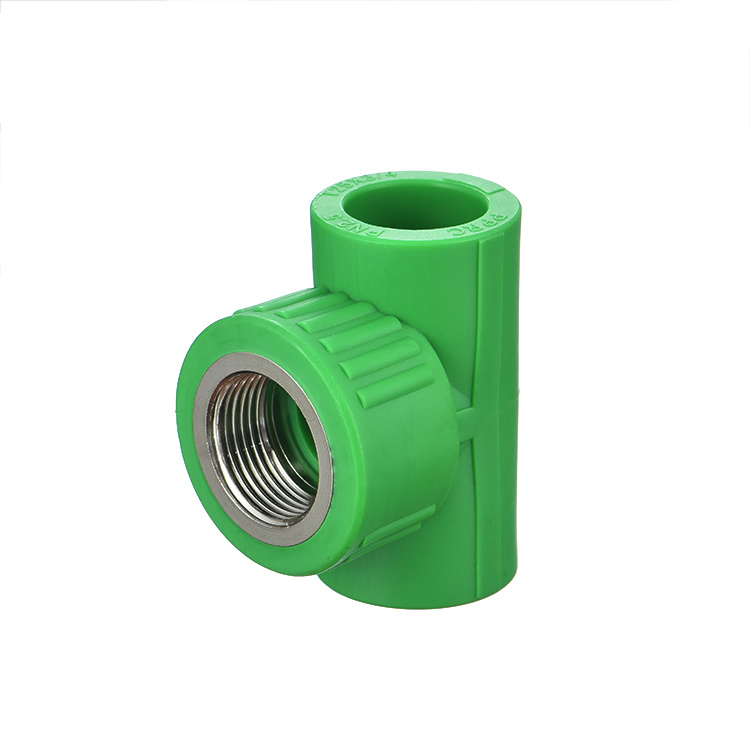How long is the average lifespan of PPR pipe fittings?
The average lifespan of PPR (Polypropylene Random Copolymer) pipe fittings can vary depending on various factors. Here are some key points to consider regarding the lifespan of PPR pipe fittings:

1. High Durability: PPR pipe fittings are known for their high durability. When installed correctly and used within their specified temperature and pressure limits, PPR pipe fittings can last for several decades.
2. Material Quality: The quality of the PPR material used in the manufacturing of pipe fittings plays a significant role in determining their lifespan. High-quality PPR materials that meet industry standards and undergo strict quality control processes tend to have a longer lifespan.
3. Installation Quality: Proper installation is crucial for the longevity of PPR pipe fittings. If installed following manufacturer guidelines and industry standards, PPR pipe fittings can perform optimally and have an extended lifespan.
4. Maintenance: PPR pipe fittings require minimal maintenance. Regular inspections to detect any signs of wear or damage and timely repairs or replacements can help extend their lifespan.
5. Environmental Factors: Environmental conditions, such as exposure to sunlight, extreme temperatures, chemicals, or moisture, can affect the lifespan of PPR pipe fittings. Proper insulation, protection, and suitable application considerations can help mitigate any potential negative impacts.
6. Usage and Load: The usage and load on the plumbing system can influence the lifespan of PPR pipe fittings. Proper design, installation, and adherence to the intended usage limits can ensure the longevity of the fittings.
While it is challenging to provide an exact average lifespan for PPR pipe fittings, with proper installation, maintenance, and usage, they can last for many years, providing a reliable plumbing system.





